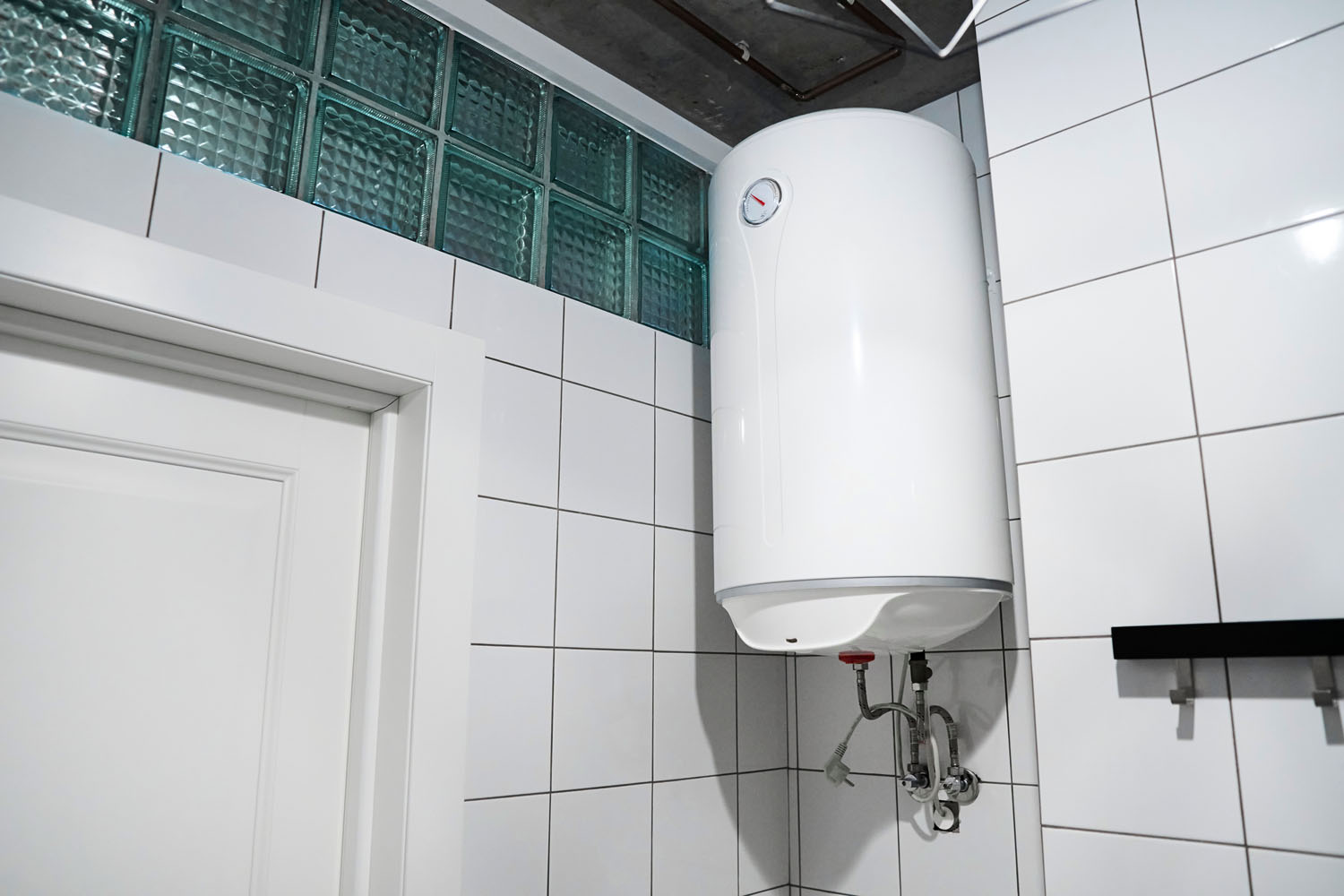Navigating government schemes and rebates can be a bit overwhelming, but they are designed to make energy-efficient home upgrades more affordable. Whether you’re interested in installing solar panels, upgrading to a heat pump, or improving your insulation, rebates can significantly reduce the upfront costs. Here’s a step-by-step guide to help homeowners in Victoria take advantage of these government programs.
1. Identify Eligible Upgrades
Start by determining which energy-efficient upgrades are eligible for government rebates. Some of the most common upgrades include:
- Solar PV systems
- Solar battery storage systems
- Heat pump hot water systems
- Reverse-cycle air conditioning systems
- LED lighting
- Draught proofing and insulation
It’s important to choose upgrades that are aligned with your home’s specific needs.
2. Understand the Available Programs
Victorian homeowners have access to several rebate programs, each offering specific incentives for different upgrades:
- Solar Victoria: This program offers rebates for installing solar panels and battery systems.
- Victorian Energy Upgrades (VEU) Program: Offers rebates for a variety of energy-efficient upgrades like heat pumps, insulation, and lighting.
- Electric Vehicle (EV) Charger Rebates: For homeowners installing EV chargers at home.
Understanding the details of these programs will help you select the one that’s most relevant to your needs.
3. Find Accredited Installers
Most rebate programs require that the installation be done by an accredited professional. Make sure to select installers who are registered under the specific government scheme, such as Solar Victoria or VEU, to ensure eligibility.
4. Apply for the Rebate
Once you’ve identified the upgrade and selected an accredited installer, you can apply for the rebate. The process will vary slightly depending on the program, but generally involves:
- Providing proof of homeownership and residency.
- Submitting a quote from the installer.
- Completing an online application through the relevant government portal.
In some cases, the rebate will be deducted from the upfront cost, while in others, you may need to pay the full amount and then be reimbursed.
5. Schedule the Installation
After your rebate application is approved, schedule your installation. Make sure the installer follows the necessary guidelines to ensure that the installation qualifies for the rebate. For solar panel installations, for example, you may need to ensure that a smart meter is installed for monitoring.
6. Claim Your Rebate
If the rebate isn’t applied upfront, submit your final installation documentation to claim the rebate. This will usually include invoices, receipts, and possibly photographs of the installation. Once processed, your rebate will be issued directly to you.
Conclusion: By following these steps, you can make your energy-efficient home upgrade more affordable. The combination of government rebates and reduced energy bills makes it a win-win for your wallet and the environment.







